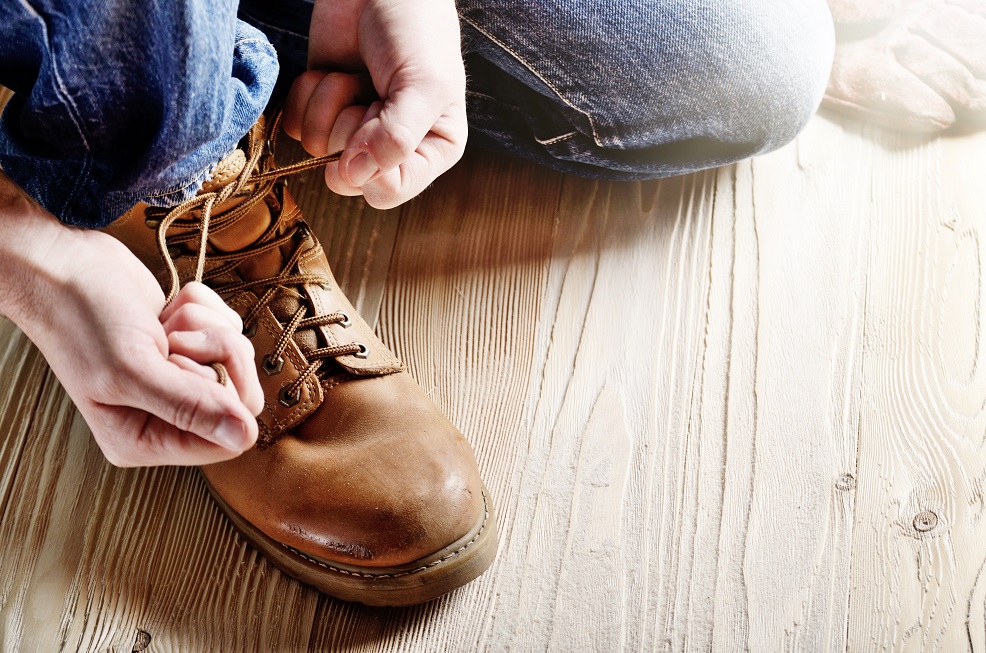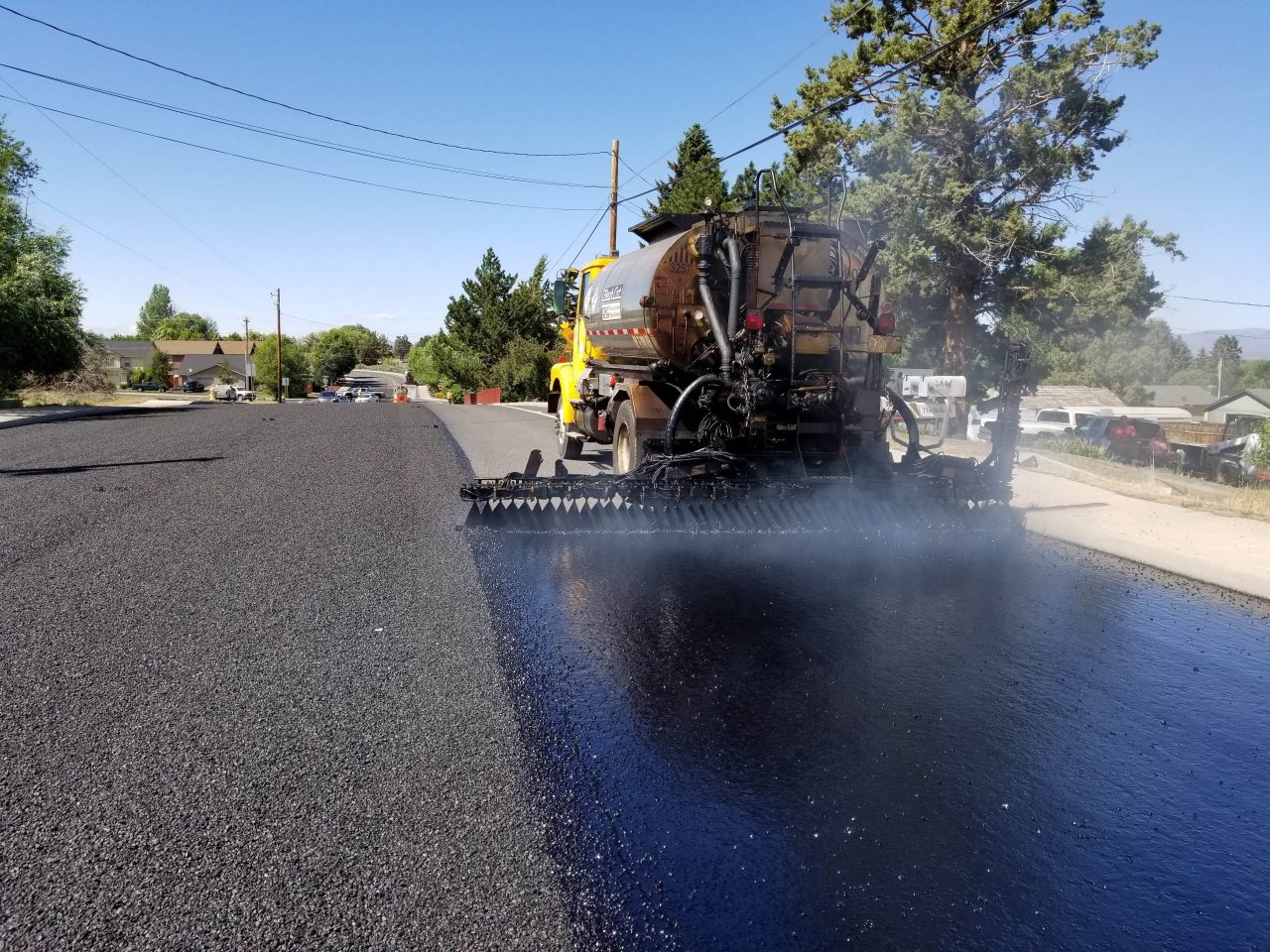Workwear Guru is reader-supported. When you buy through links on our site, we may earn an affiliate commission. Learn more
Having a pair of durable, protective, and comfortable work shoes is a must when working in the construction industry. After choosing the desired quality and model, it is time to get the right fit. How you tie your work boots has a significant impact on how your boots will fit and how comfortable they’ll be to stay in.
How you lace your boots is entirely up to your preferences. However, some lacing techniques are straightforward and require a minimum amount of time. On the other hand, some of the more difficult ones take a little more time and work to get right, but they can improve the fit and feel of your boots and give additional foot stability.
This guide will demonstrate how to lace-up work boots with each of these methods and analyze their benefits.
Work boots lacing methods
Below you will find some of the most frequently used work boots lacing methods that will give you the level of security and comfort that you need.
The Ladder Method
The ladder-lacing method is likely to provide the most secure fit for your feet. This strategy can work for you if you are willing to put in some time and effort. Military personnel often use the ladder approach because it eliminates the risk of your boots untying or the lack of support if it’s done correctly. This lacing technique will assist you if you plan on spending a lot of time on your feet, and it’s ideal for tying up logger or tactical boots.
To lace your work boots using this technique, you have to thread the lace from the bottom eyelet to the outside. The lace then rises vertically, this time from the outside to the inside. At this point, don’t keep lacing upwards but instead thread the laces underneath the vertical lines you created on the opposite side.
This forms a locking pattern, ensuring that your work boot laces are as tight as possible. Finish with your standard knot at the top of your logger or tactical boots. This technique is the way to go if you’re thinking about how to lace work boots for construction workers who need all of the safety their boots can supply.
The Over-Under Method
Over-under lacing is another popular lacing method. This lacing style reduces friction, makes tightening and loosening the lace easier, and reduces wear and tear. This is since the laces do not scrape against one another.
When using this technique, the shoe’s laces will alternate, passing over and beneath the eyelets. You should begin at the shoe’s bottom and lace straight across the outside before going inside through the bottom set of eyelets. Repeat crossing the shoelace over on the outside and into the next pair of eyelets on the inside of the shoe. Alternate the crossings until the lacing is complete. Finally, tie as usual, and you’re ready to go.
2-1-3 lacing
The 2-1-3 lacing pattern is preferred by people who don’t want their boots to be too tight and cause “lace bite.” This method is usually used with higher boots, such as logger boots, but it can also be used with any other type of boots.
There are multiple benefits to applying this lacing pattern. First off, your feet will be more comfortable while remaining secure. In addition, you won’t experience the uncomfortable pinching that occurs when your boots are laced too tightly. This is crucial if you intend to be on your feet for an extended period.
This lacing method starts by firstly locating the three eyelets that go around your ankles. After finding them, you should lace your boots normally until you reach one of these three eyelets at the bottom. Then, use the criss-cross style, but don’t thread the lace through each eyelet in the same sequence. Instead, start with the center eyelet, then the bottom, and finally the third. This is why it’s known as the 2-1-3 counting from the bottom; you should go for the second eyelet, then the first, and finally the third.
The Heel-Lock Lacing
This strategy is preferred by people who use their boots outside in rough terrain and those who wear logger boots. It makes no difference if your boots have eyelets or hooks since this technique works for both.
This kind of lacing will keep your heels tighter and your tie more secure. Because the boot has less movement, your feet will be safer when walking on treacherous terrain where a single slip could result in harm. It’s also simple to do, as it only requires the use of the top two hooks or eyelets. It’s called the heel-lock for a reason; it gives you a more secure grip on your heels.
Only the top two eyelets are used in the heel-lock method, so you have to start at the bottom and work your way up until you reach the top. Once you’re there, each lace must be threaded vertically into the final eyelet.
The outside of the last two eyelets should not have a criss-cross pattern. From the lowest eyelet to the last, the lace should be straight up.
Then, on the opposite side, each lace goes under the vertical line you just formed – closer to the inner of your boot. Finally, tie a standard bow tie, and you’re ready to go.
Army Lacing Technique
This lacing pattern is commonly used by the military staff, as the name implies. It was designed to deal with the tightness and inflexibility of their footwear, but it may be used on any tough leather logger boots for both men or women.
The fundamental benefit of the army lacing technique is that it allows the top part of the shoe to move freely, resulting in a better fit.
With this method, you should begin at the bottom and work your way up, threading the laces from inside to out. Without crossing the laces, thread them upwards through the next set of eyelets. Thread the shoelaces through the eyelets on the opposite side, then go vertically for the next set.
Carry on until you reach the top, then tie your boots as usual. All verticals should be on the outside, while the crossovers should be inside if you correctly used the technique.
The Spider web lace tying
The Spider Web is a sophisticated and complicated lacing method that will make you stand out and turn heads on the streets. The eye-catching design features an intricate web of laces that run back and forth across the top of the shoe. This style works best with shoes with a lot of eyelets for a more detailed weaving and when the sides of the shoe are spaced out to show off more of the shoelace web.
You should lace straight across the second-from-bottom eyelets to achieve this look, making sure both ends are even. Pull each end to the first bottom eyelet on the outside of the shoe. As you proceed towards the third eyelet, cross each lace diagonally across the shoe, making an “X” shape. Return each lace to its original position, wrapping it beneath the lace and eyelet directly below (not through the eyelet). After that, pull the laces up and diagonally cross into the next open eyelet, the fourth one in this case. Repeat until you reach the top eyelets and have tied your desired knot.
Additional tips for tying work boots
Above, we explained techniques you can use to lace your work footwear properly. In the following, we will provide some tips on how to tie work boots.
Since most boots come with long laces that allow for various lacing techniques, you should be able to accomplish any of these lacing tricks with your present shoelaces. However, if your laces are worn out, our advice would be to replace them with ones that are the same shape (round, oval, or flat) and length as your old pair, as this will allow you to lace your work boots in your previous comfortable way.
Another helpful tip to use would be checking your laces and boot fit before each shift. In this way, you’ll be able to detect and fix any possible problem at the beginning of your shift and spend the rest of the day being productive without worrying about your footwear.
Key takeaway
When it comes to lacing your work boots, you should always use the method that makes you feel the most comfortable. Each of the techniques explained in this guide has something unique to offer, and they have an impact on how your work boots fit as well. Moreover, the whole point of experimenting with different lacing techniques is to ensure that you have sufficient support and safety when wearing your work boots.











